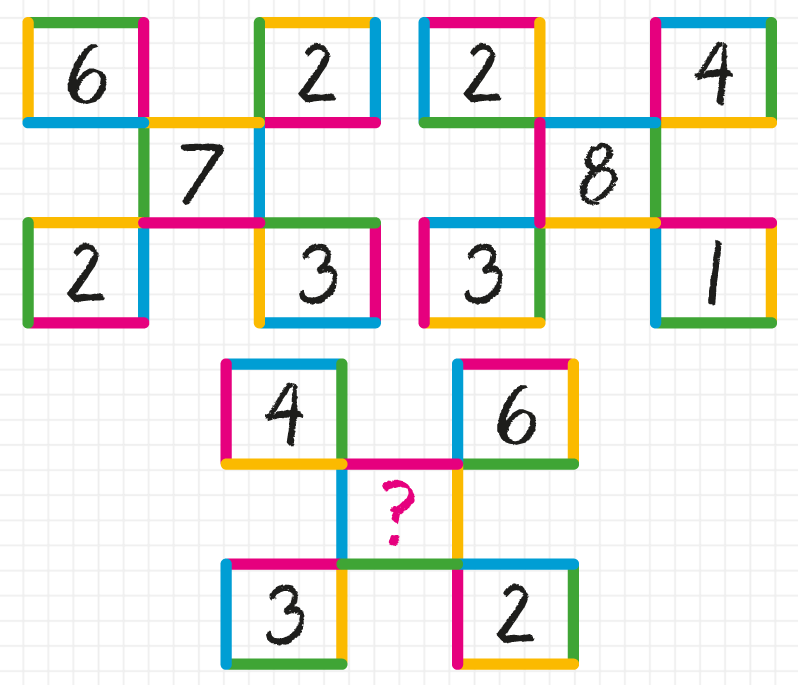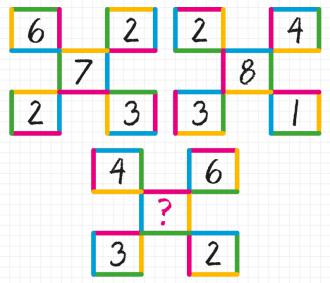MATH PUZZLE: Can you replace...
MATH PUZZLE: Can you replace the question mark with a number?Correct answers: 402
The first user who solved this task is Fazil Hashim.
#brainteasers #math #riddles

A Kiwi was hoping to immigrate...
A Kiwi was hoping to immigrate to Australia.
Upon arriving in Australia, he was questioned by a customs officer,
"What is your business in Australia?"
"I wish to immigrate," was the Kiwi's reply.
The customs officer then asked,
"Do you have a conviction record?"
Confused, the Kiwi then replied,
"I didn't think you still needed one."
Upon arriving in Australia, he was questioned by a customs officer,
"What is your business in Australia?"
"I wish to immigrate," was the Kiwi's reply.
The customs officer then asked,
"Do you have a conviction record?"
Confused, the Kiwi then replied,
"I didn't think you still needed one."

